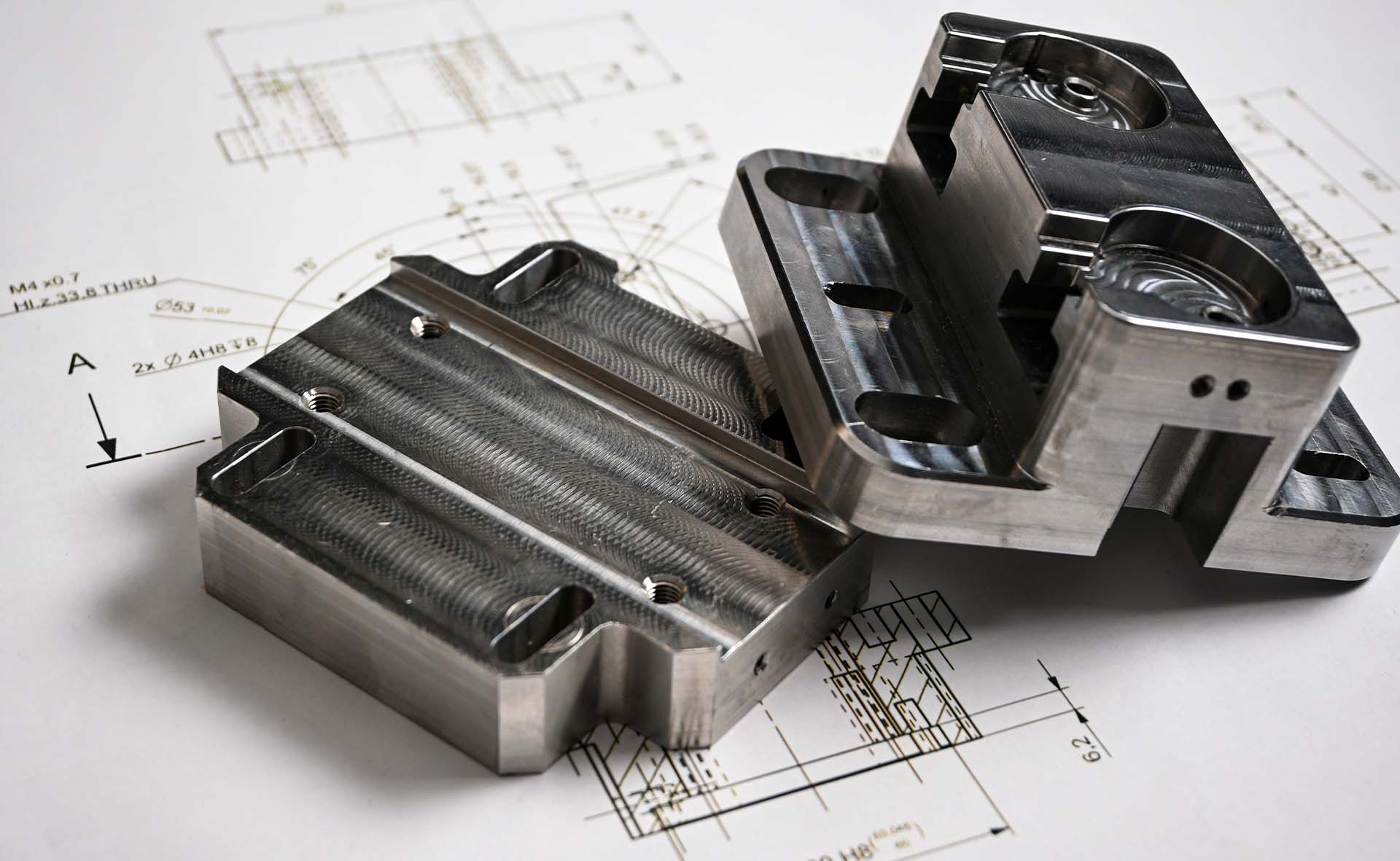Most people hear “FDM 3D printing” and think that it’s only used for prototypes and models. But the truth is that FDM is a versatile manufacturing method that has even been used to produce non-visual end use parts for intense aerospace and automotive applications.
Get to know the basics of fused deposition modeling. Find out how it works, how it compares to stereolithography, options for materials and post processing, and the advantages and disadvantages of this additive manufacturing (AM) process.
FDM stands for fused deposition modeling. This printing technique involves building a part or prototype layer by layer using plastic filaments that are extruded from a nozzle. The range of designs is quite versatile; you can use FDM to print complex geometries as well as simple housings and fixtures.
Before the FDM printing process begins, a design is input into the printer’s computer. The computer is equipped with a computer-aided design (CAD) program, which divides the build into different layers or cross sections.
Once this step is complete, nozzles located inside the printer distributes heated plastic filaments onto a build platform to form each cross section of the part. Once one layer is complete, the build platform lowers so that the nozzles can start constructing the layer above it. This process is repeated layer by layer until the desired part is built.

Due to the nature of the heated plastic material, any overhanging features on the build require supports. These are added by the nozzles in the printer and removed during post processing.
When an FDM build is complete, it comes out with a rough surface. To make the part more aesthetically pleasing, manufacturers will sand the surface of the part to make it smooth. There are other finishing options available, as well, including painting it to add color and plating it with metal.
Both FDM and stereolithography (SLA) are commonly used to 3D print prototypes and models. But while both of these processes are capable of producing lightweight, geometrically complex builds – ideal for prototypes and models as well as low volume end use parts – they are entirely different from each other.
First, while FDM 3D printers use plastic filament, SLA printers use a liquid resin. The resin is applied into the shape of a cross section of the desired design and then solidified using a UV laser. The same process is repeated for each layer of the part.
Another way that FDM and SLA differ from each other is the surface quality of their prints. SLA parts yield a smooth surface right out of the printer, whereas FDM parts are rough and must be smoothed out in post processing.
Stereolithography produces higher resolution prints than FDM. However, FDM parts are stronger than SLA parts, which tend to be brittle. SLA is therefore not as useful as FDM for manufacturing functional end use parts.

Below are some of the most common plastic filament materials used in fused deposition modeling.
The FDM process is compatible with a wide range of materials, which can make it tricky to design for the process. Following a set of standard geometric recommendations can help ensure better part quality and a successful print.
Find out how to design overhangs, mating parts, pins, and more, in our FDM 3D Printing Design Guide.
FDM has many applications. It’s most commonly used to manufacture basic visual parts like prototypes and models. It’s also used in the aerospace and automotive industries to produce small functional end use parts, like jigs and fixtures.
The lead time for FDM 3D printing is just 2-3 days at HLH Rapid. This makes it a great option if you’re needing low volume parts quickly.
